Red Light Therapy: Boosting Circulation, Oxygen, Muscle Repair
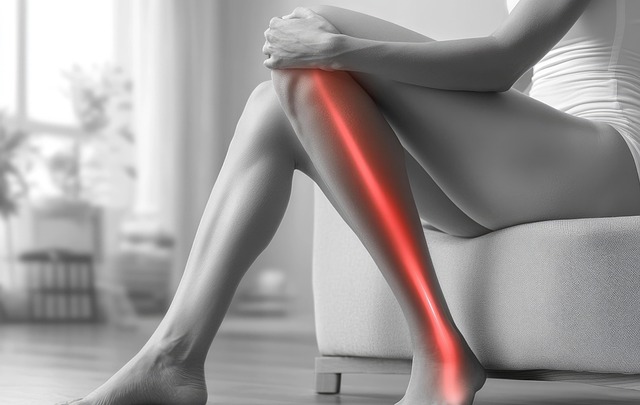
Red light therapy boosts muscle repair by increasing cellular energy production, enhancing blood flo…….
In the realm of sports medicine and wellness, red light therapy (RLT) has emerged as a game-changer for muscle recovery and performance enhancement. This innovative approach involves exposing the body to specific wavelengths of red light, offering a non-invasive way to stimulate cellular repair and promote healing. As athletes and fitness enthusiasts seek cutting-edge methods to optimize their recovery processes, red light therapy has captured significant attention. This article aims to provide an in-depth exploration of red light therapy’s role in muscle recovery, delving into its mechanisms, global adoption, economic implications, technological innovations, regulatory landscape, challenges, real-world applications, and future prospects. By the end of this comprehensive guide, readers will have a thorough understanding of why red light therapy is revolutionizing post-workout routines.
Red light therapy, also known as low-level laser therapy (LLLT), is a therapeutic technique that utilizes light in the red spectrum to interact with various biological processes within the body. When red light penetrates the skin, it is absorbed by chromophores, primarily hemoglobin and melanin, triggering several cellular responses. This process includes increased circulation, reduced inflammation, and enhanced mitochondria function, all of which contribute to accelerated muscle recovery.
For muscle recovery, RLT targets various physiological pathways:
The concept of using light for therapeutic purposes dates back to ancient civilizations, where sunlight was considered a cure for various ailments. However, modern red light therapy has its roots in the late 20th century. In the 1960s, scientists began experimenting with laser technology and discovered its potential therapeutic applications. Over time, research evolved from treating surgical wounds and skin conditions to exploring its effects on muscle recovery. The early studies laid the foundation for understanding RLT’s mechanisms and led to its increasing popularity in sports medicine and wellness industries.
Red light therapy has transcended geographical boundaries, gaining recognition and adoption worldwide. Its impact can be observed across different regions, each contributing to and shaping its global trajectory:
| Region | Trends and Adoption | Key Factors Influencing Growth |
|---|---|---|
| North America | High adoption rate among athletes and celebrities; numerous clinics specializing in RLT. | Strong sports culture, advanced medical infrastructure, and early research contributions. |
| Europe | Widespread integration into fitness centers and rehab facilities; growing popularity for aesthetic purposes. | Stricter regulatory environment, extensive clinical research, and a focus on wellness tourism. |
| Asia-Pacific | Rapidly growing market, especially in Japan and South Korea; popular as an anti-aging treatment. | Increasing health consciousness, rapid technological adoption, and unique cultural perspectives on wellness. |
| Latin America | Growing interest among professional athletes and fitness influencers; limited clinical research. | Rising sports performance industry, access to technology, and word-of-mouth recommendations. |
| Middle East & Africa | Emerging market with potential for growth; focused on rehabilitation centers and luxury spas. | Growing wealth, investment in wellness infrastructure, and awareness of alternative therapies. |
The global red light therapy market is expected to reach USD 1.5 billion by 2027, growing at a CAGR of 14.5% during the forecast period (2022-2027). This rapid growth is attributed to increasing sports-related injuries, rising demand for non-invasive treatments, and growing health consciousness worldwide.
The economic implications of red light therapy are multifaceted, impacting various sectors:
Red light therapy offers cost-effective solutions for muscle recovery, potentially reducing the economic burden of sports-related injuries. By providing an alternative to prescription medications and surgical procedures, RLT can contribute to more efficient healthcare systems, especially in regions with limited access to advanced medical resources.
Technological advancements have played a pivotal role in improving the effectiveness and accessibility of red light therapy:
The regulatory environment surrounding red light therapy varies across jurisdictions, impacting its availability and application:
Ensuring product safety and efficacy is a priority for regulatory bodies, driving manufacturers to conduct thorough research and testing before bringing RLT devices to market.
Despite its promising applications, red light therapy faces several challenges:
Red light therapy is finding practical applications in various settings:
Case 1: Professional Soccer Player Recovery
A professional soccer player, aged 28, experienced chronic muscle soreness and fatigue after intense training sessions. He incorporated RLT into his recovery routine, using a handheld device for 10 minutes daily. After 4 weeks, the player reported significant reductions in muscle stiffness and improved endurance during training.
Case 2: Post-Surgery Rehabilitation
A 35-year-old patient underwent knee surgery for a torn meniscus. Following hospital discharge, she used an RLT device twice daily as part of her physical therapy regimen. After 6 weeks, the patient demonstrated improved muscle strength, flexibility, and reduced pain levels, leading to a successful return to everyday activities.
The field of red light therapy is evolving rapidly, with numerous research avenues exploring its potential:
Red light therapy has emerged as a powerful tool for muscle recovery and performance enhancement, capturing the attention of athletes, fitness enthusiasts, and wellness seekers worldwide. Its scientific basis, extensive applications, and continuous technological advancements position it as a promising alternative to traditional recovery methods. As research progresses and regulatory frameworks evolve, RLT is set to play an increasingly significant role in the healthcare industry, offering cost-effective solutions for muscle-related conditions.

Red light therapy boosts muscle repair by increasing cellular energy production, enhancing blood flo…….
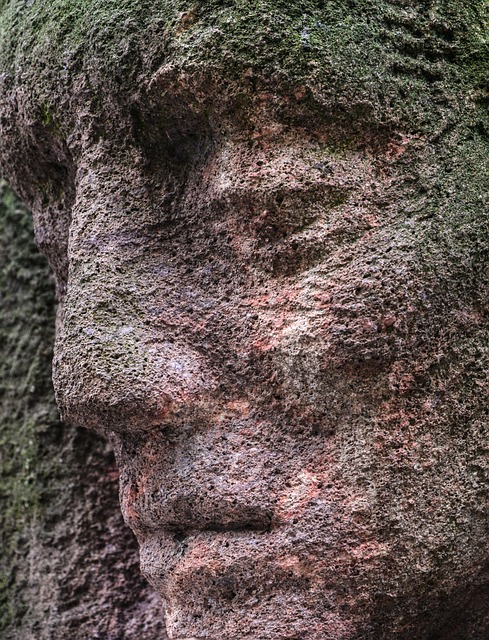
Red light therapy for muscle recovery is a non-invasive treatment using specific wavelengths of red…….
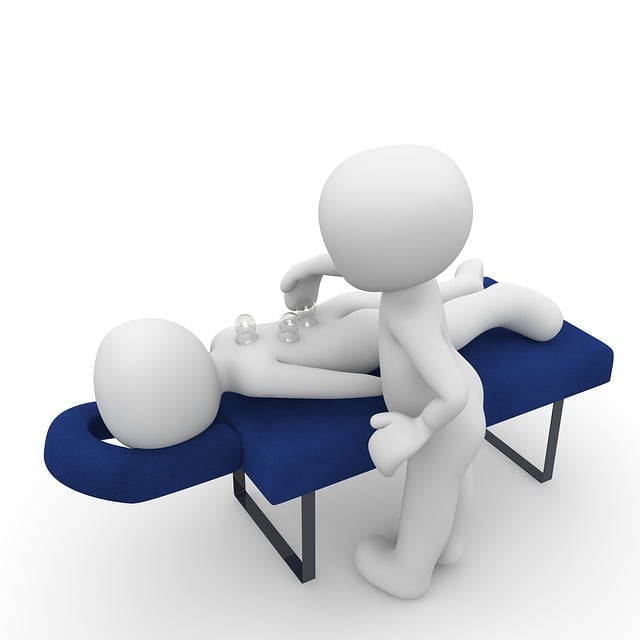
Photobiomodulation through red light therapy enhances muscle recovery and prevents injuries in athle…….

Muscle recovery involves a complex process initiated by micro-tears in muscle fibers leading to infl…….

Red light therapy accelerates muscle repair by stimulating mitochondria, enhancing ATP production an…….

Photobiomodulation, a non-invasive treatment using red light, accelerates muscle recovery by stimula…….
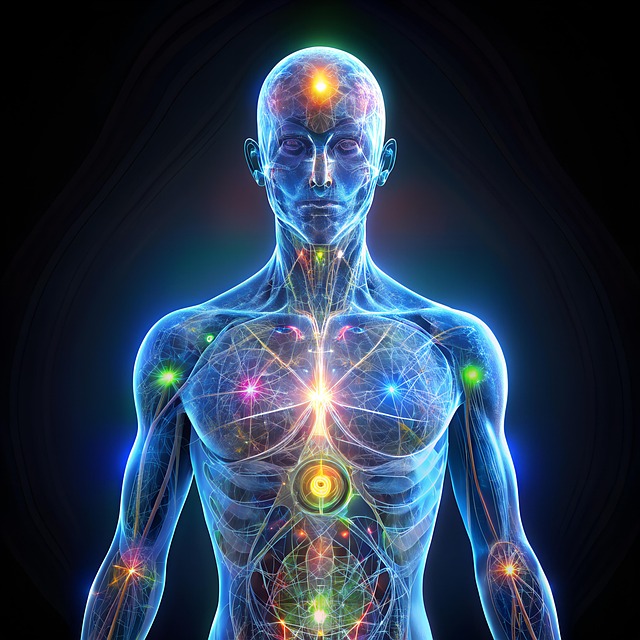
Red light therapy for muscle recovery is a popular non-invasive treatment using specific wavelengths…….

Infrared light therapy for muscle healing accelerates tendon and ligament repair through deep tissue…….

Photobiomodulation, or red light therapy, is a non-invasive treatment for muscle recovery in athlete…….
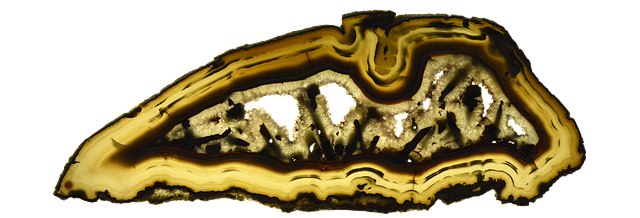
Photobiomodulation, a non-invasive red light therapy, accelerates muscle recovery by stimulating cel…….